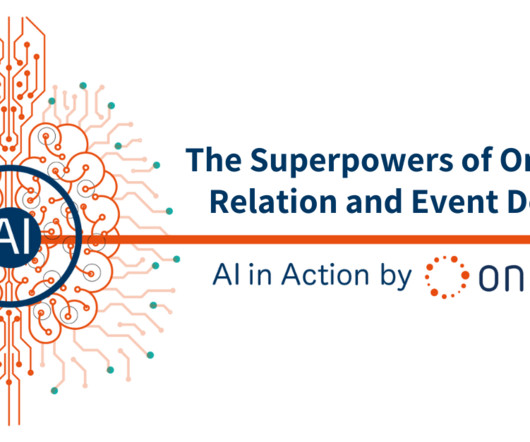Commercial Lines Insurance- the End of the Line for All Data
Cloudera
OCTOBER 28, 2021
In the last few years, Commercial Insurers have been making great strides in expanding the use of their data. The approach is very evolutionary; the initial focus tends to be aimed at cost savings and starts with structured data. Then there is a recognition that there is so much more that can be done with the data.














Let's personalize your content